Dedicated to Mum.
From Barley to Blarney copyright 2019 by Sean Muldoon, Jack McGarry, Tim Herlihy. All rights reserved. No part of this book may be used or reproduced in any manner whatsoever without written permission except in the case of reprints in the context of reviews.
Andrews McMeel Publishing
a division of Andrews McMeel Universal
1130 Walnut Street, Kansas City, Missouri 64106
www.andrewsmcmeel.com
ISBN: 978-1-5248-5276-4
Library of Congress Control Number: 2018953085
Editor: Jean Z. Lucas
Designer: Drinksology
Production Editor: Elizabeth A. Garcia
Production Manager: Carol Coe
Digital Production: Kristen Minter
All photography by Elaine Hill except for reprinted with permission:
ATTENTION: SCHOOLS AND BUSINESSES
Andrews McMeel books are available at quantity discounts with bulk purchase for educational, business, or sales promotional use. For information, please e-mail the Andrews McMeel Publishing Special Sales Department: .
 The title of this book has a double meaning. It is both for whiskey lovers and by whiskey lovers.
The title of this book has a double meaning. It is both for whiskey lovers and by whiskey lovers.
Researching and compiling it has truly been a passion product for the team behind it. We are, first and foremost, evangelists for Irish whiskey, and were on a mission to spread the word. Welcome to our labor of love.
Slainte!
Poppy pauses to admire Downpatrick Head in County Mayo.
CONTENTS
How Irish Whiskey Is Made
A Distilled History of Distillation
The word whiskey comes from the Irish uisce beatha, meaning water of life. So you can see, weve always cast an earnest eye on the matter.
___
A.D. 600-900
Irish monks return from continental Europe with distillation equipment for creating medicines. Ever resourceful, they discover other uses for it.
___
1405
In the Annals of Clonmacnoise, the earliest written Irish record of whiskey attributes the demise of a chieftain to taking a surfeit of aqua vitae (uisce beatha) at Christmas. Death by water of life: also the earliest known example of Irish irony.
___
1608
King James I awards the first license to the Bushmills Distillery in County Antrim. Poitn -makers are unimpressed and carry on.
___
1700s
First celebrity endorsements: Sir Walter Raleigh, Elizabeth I, and Peter the Great all declare their love of uisce beatha. Peter goes as far as to say, Of all wines, Irish wine is best. In our book, thats good enough to be Great, Peter.
___
1770s
There are by now some 1,200 distilleries on the island of Ireland. Most have no license because that would mean paying duties to you-know-who...
___
1785
You-know-who impose taxes on malted barley. In response to this brazen move by the English, the Irish begin to distill using malted and unmalted barleyand invent pot still whiskey. So there.
___
1830
Former taxman Aeneas Coffey invents a still that enables continuous distillation. Irish distillers say, No thanks. See if the Scots lads want it.
___
1838
Uh-oh. A national temperance movement is launched. Within five years over half the population has taken The Pledge and given up alcohol. Domestic demand collapses and many distilleries close.
___
1850s
Aeneas Coffeys invention is doing well with Scottish distillers. Too well.
___
1879
The four big Dublin distillers (John Jameson, William Jameson, John Powers, and George Roe) publish a rousing pamphlet, Truths about Whisky, which calls for the banning of silent spiritgrain whiskey produced by the Coffey still. Bewilderingly, the pamphlet fails to change the world.
___
1890
Phylloxera wipes out pot stills chief competitor, French brandy. Irish distilleries shrug nonchalantly,
say zut alors, and increase output.
___
1900s
Scottish distilleries see continued growth in blended whisky. The Scottish Distillers Company Limited conglomerate opens its own Irish distillery in Dublin. What nerve, we think. But its successful, so thats OK.
___
1909
In defining whiskey, a Royal Commission approves Scottish-style distilling of silent spirit. Its a huge blow to the Irish industry, which is driven to considering publishing another rousing pamphlet.
___
1916-1930
Scottish Coffey stills create a surplus and prices collapse. The Irish War of Independence disrupts production and closes off access to key Commonwealth markets such as Canada. In the United States, Prohibition comes into effect in 1920. The party is over.
___
1933
The end of Prohibition releases pent-up U.S. demand that the now-devastated Irish industry is unable to meet. But the canny Scots can. Grrr.
___
1943
Bartender Joe Sheridan improvises a new drink at Foynes, the precursor to Shannon Airport. His Irish Coffee effectively ensures that the ailing Irish whiskey industry still has a pulse.
___
1945
American soldiers return home from the United Kingdom after World War II with a newly acquired taste for Scotch. This further drives up U.S. demand.
___
1950s-1960s
Scotch flourishes in the United States and becomes a misspelled byword for proper whiskey.
___
1966
The remaining Irish distillers merge to form Irish Distillers Limited (IDL) and declare Step aside, kilt-wearerswhiskey coming through!
___
1975
IDL takes a gamble and opens a new state-of-the art distillery in Midleton, County Cork. Its the last throw of the dice. IDLs luck is in.
___
1987
John Teeling converts an old state industrial plant into the Cooley Distilleryeffectively ending IDLs monopoly of Irish whiskey production.
___
19902000
Demand returns for all traditional styles of Irish whiskeypot still, single malt, blended, and single grain. With great magnanimity, we forgive Scotland.
___
2000present
For the past twenty years, Irish whiskey has been the fastest-growing spirit in the world. At home, new distilleries are openingtwenty-five to date plus another ten at planning stage. Brands are being launched and old ones revived. We rediscover a taste for innovation with mashbills, distilling techniques, cask maturation, and finishing. Once more, things are looking lively for the water of life.
STYLES OF IRISH WHISKEY
MALT IRISH WHISKEY
This style of whiskey is 100 percent malted barley and made in a pot still. A single malt is a whiskey made in a single distillery. Examples include Tyrconnell, Knappogue Castle 12-year-old, and Bushmills 21-year-old.
FLAVOR : Malt whiskey gives you fruit notes such as green apple or orange. Malt can also be peated, such as Connemara, which will have a smokiness to it.

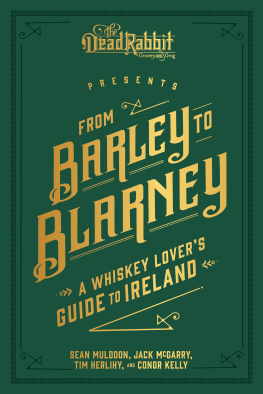
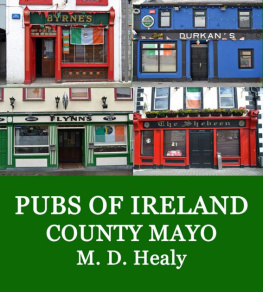
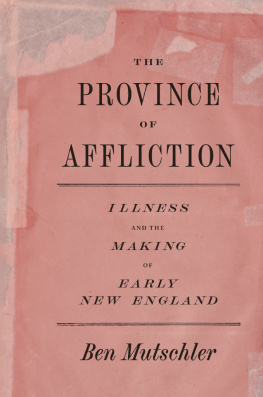

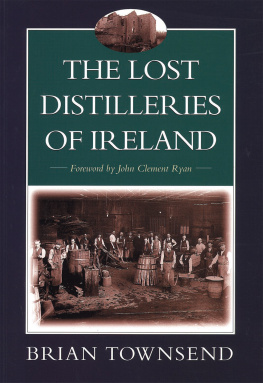
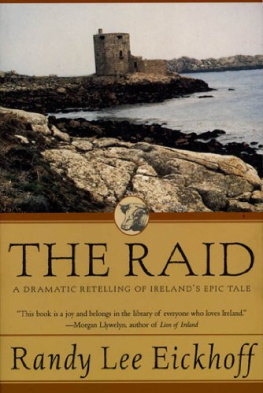
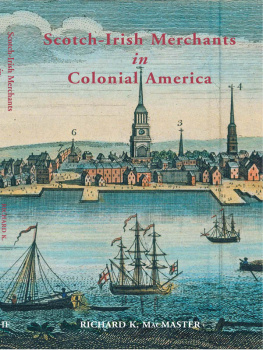
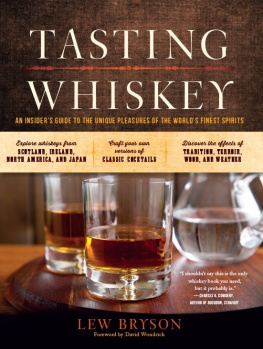
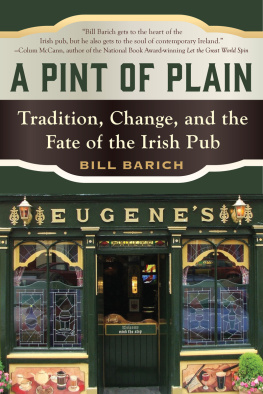
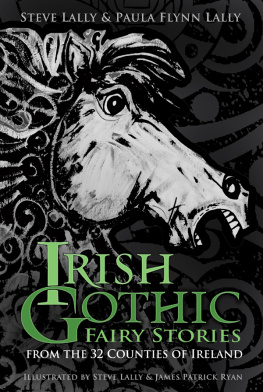


 The title of this book has a double meaning. It is both for whiskey lovers and by whiskey lovers.
The title of this book has a double meaning. It is both for whiskey lovers and by whiskey lovers.

